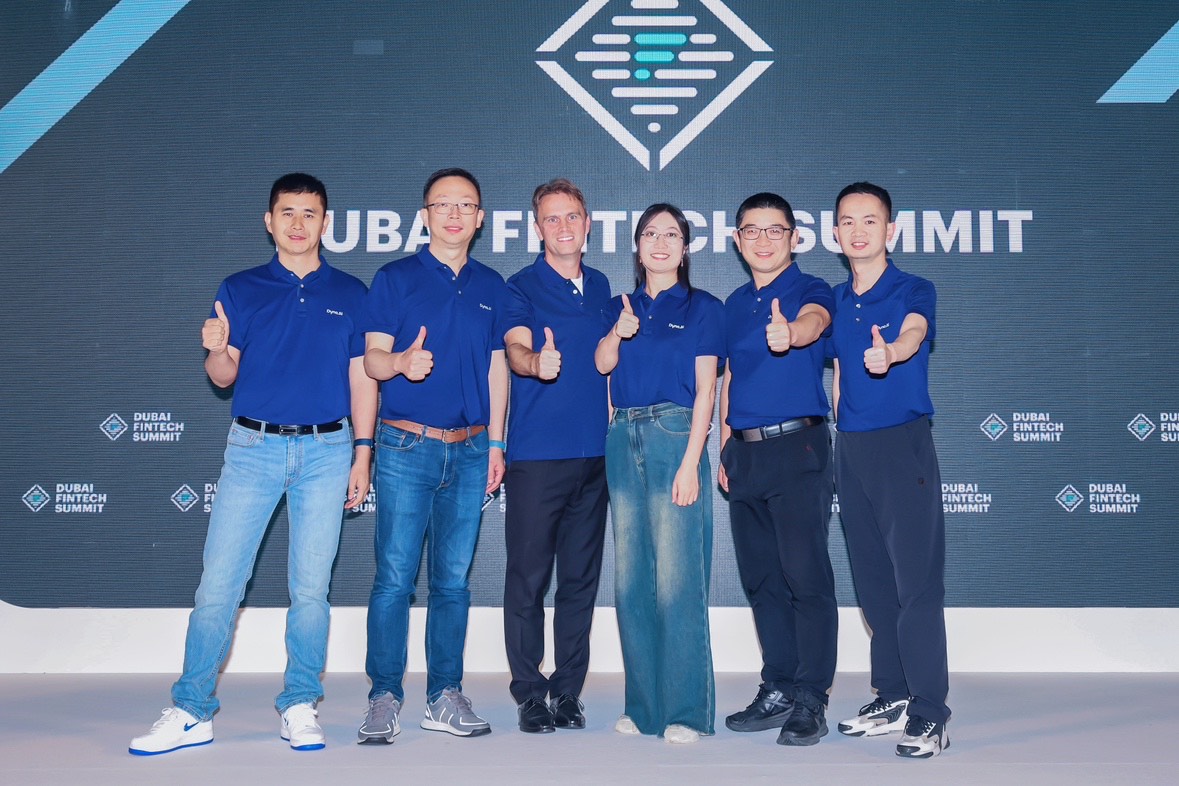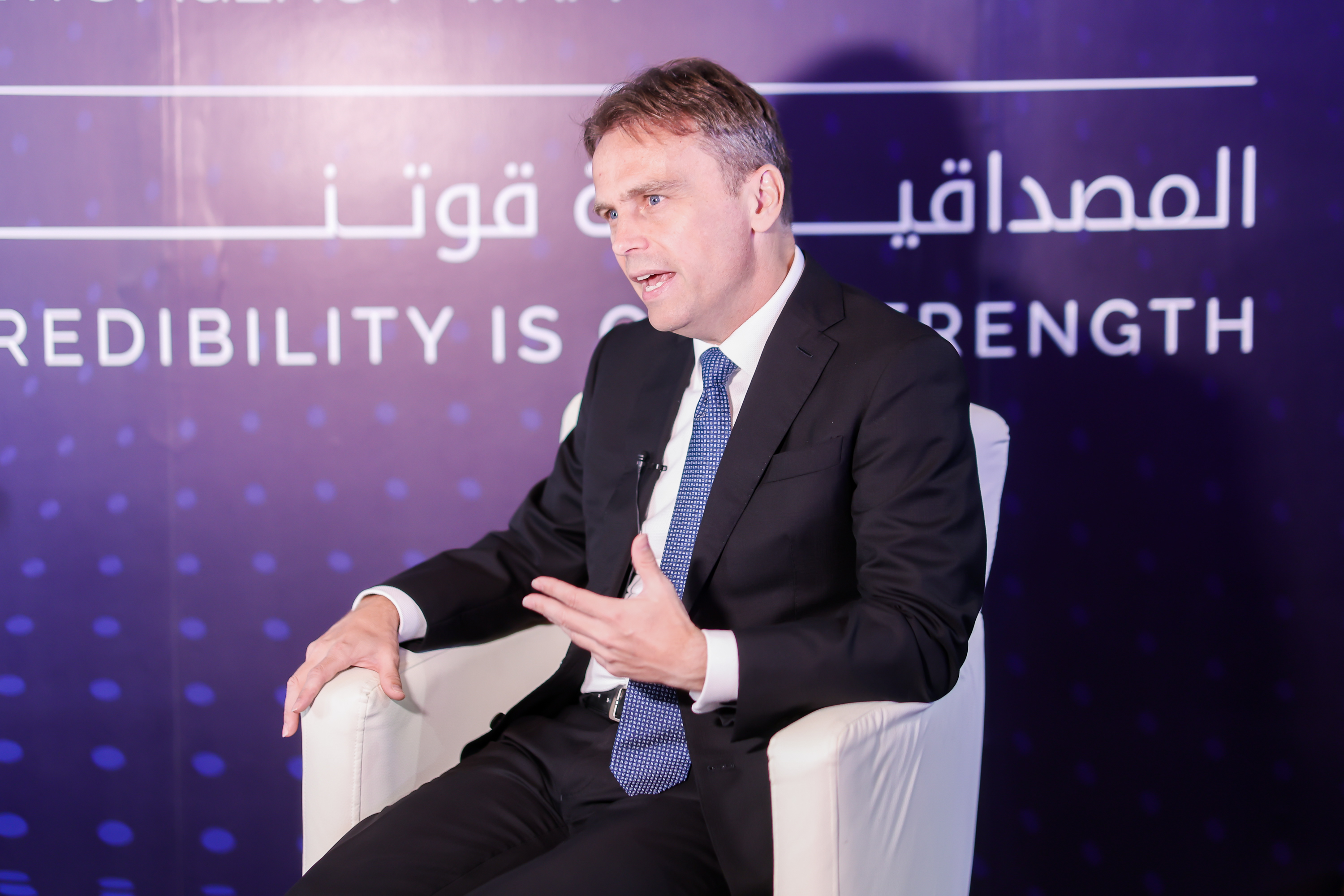Unleash AI's Power in Dormant Activation
2024-05-07
Bank customer operations involve managing a broad spectrum of clients, and dormant accounts are a critical aspect of customer relationship management. For banks, handling these inactive customers offers both opportunities and challenges.
Did you realize that accounts with little activity make up at least 80% of bank customers? Banking team members are burdened greatly by this. However, this also indicates an untapped gold mine. So, how do we extract value from these accounts?
Although a lot of banks concentrate on customers with large assets, low-activity accounts have huge unrealized potential. Can we honestly afford to ignore these tens of millions of customers? Banks require the appropriate strategy to increase assets, liabilities, profitability, and customer involvement.
The Solution: Intelligent Technology
"Intelligentization can solve this issue for good, and we need to believe." It's like the biblical phrase, "Let there be light." Artificial Intelligence and Big Data are the light for retail customer operations. But how can banks turn this light on? It starts with believing in technology and then embracing it.
Banks often mention AI-powered voice assistants, machine learning, and data analysis. But are they truly using these tools to drive results? Are tasks automated through intelligent processes? Does the organization adapt quickly enough? Can these systems iterate quickly—monthly, weekly, or even daily?
AI in Banking: Where We Stand
The day-to-day operations in many banks are still far from truly intelligent. To move forward, banks need three core competencies:
1. Generating Insights from Big Data
This involves using multidimensional data tagging and machine learning models for segmentation and prediction. Surprisingly, many banks don't realize how much detail is needed in data tagging and modeling to unlock value in wealth management.
In our experience working with small and medium-sized banks, we've noticed two distinct groups: customers who naturally purchase products and those who need to be convinced through marketing. By separately modeling each group, we can identify their unique behaviors. This detailed approach leads to a better understanding of customer needs and more effective marketing strategies.
2. Building a Data-Driven Marketing Strategy Framework
The key is to segment customers based on specific business goals and build a complex indicator system to track performance. The idea is to identify key indicators and then design and optimize tasks around them. This can be challenging, but it helps focus resources on what matters most.
Operational teams frequently ask themselves issues like: "Should I concentrate on retaining new customers or those who were active in the past two weeks, with the goal to increase daily active users?" A solid structure that is based on data can provide practical solutions to these problems.
3. Harnessing the Power of AI
AI represents the pinnacle of human ingenuity, and banks are eager to harness its potential. But can the productivity created by AI be quantified? Yes, it can. At Dyna.Ai, we've explored this uncharted territory, and our AI-powered systems can account for 70% of the total capacity in some banks' operations. That's huge!
Our AI voice robot (VoiceGPT) is particularly effective due to its high speech recognition accuracy, reaching over 99%. The VoiceGPT based on large pre-trained models employs the Transformer architecture from deep learning, and integrates key technologies such as Natural Language Processing (NLP), Automatic Speech Recognition (ASR), and Text-to-Speech (TTS) for its development.
We employ a variety of measures to address the issue of large model hallucinations, including the use of RAG (Retrieval Augmented Generation) technology to connect contextual information, thereby enhancing our ability to accurately discern customer intentions. Furthermore, our model is specifically developed for vertical industries, having undergone extensive customization to incorporate a wealth of industry-specific knowledge while excluding broad information that holds little practical value within the industry. Consequently, we are able to reduce the incidence of hallucinations to an exceedingly low level.
The majority of large language models (LLMs) are generic, with parameter counts typically numbering in the hundreds of billions, and rarely less than 70 billion. The inference computation time for these models is proportional to the square of their parameter count, leading to a general response time of over 3 seconds for generic LLMs. When incorporating speech, video, or lip-sync simulation, this latency can easily exceed 5 seconds.
To optimize performance, we distill large models with hundreds of billions of parameters, eliminating much of the generic world knowledge that bears minimal relevance to our industry focus. This process reduces our model's parameter size to a range of 10 to 30 billion. As a result, we are capable of delivering responses within 0.5 to 1 second, significantly enhancing user experience and operational efficiency.
Conclusion
To break through the "unmanned area" of wealth management, banks need these three competencies. The good news is that some banks are already leading the way with advanced methodologies and digital management practices. But there's always room for improvement, especially in areas like data richness, intelligent operational agility, and customer touchpoint channels.
As a technology company, Dyna.Ai is deeply involved in cutting-edge AI and big data analysis. We've developed two complementary AI technology solutions: decision-based AI and generative AI. Our goal is to help banks tap into the potential of dormant accounts, offering a significant boost to their assets under management.
With the right approach and a willingness to embrace new technologies, banks can turn dormant accounts into valuable assets, driving growth and enhancing customer engagement.


